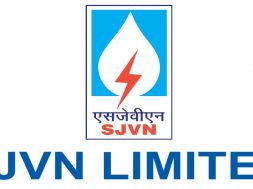
In Short : Delhi’s power demand surged to a season-high of 8,423 MW as the city reeled under an intense heatwave, triggering a red alert from the IMD. Increased use of air conditioners and cooling devices drove the spike. Authorities are monitoring the grid closely to maintain stable power supply and avoid disruptions amid soaring temperatures and rising electricity consumption.
In Detail : Delhi recorded its highest power demand of the season at 8,423 megawatts as the city grappled with a severe heatwave. The intense rise in temperature prompted residents to rely heavily on air conditioners, coolers, and other cooling appliances, significantly increasing electricity consumption across the capital.
The India Meteorological Department (IMD) issued a red alert for the region, forecasting extreme heat conditions that are expected to persist for several days. The combination of high humidity and soaring temperatures has intensified the discomfort, placing additional stress on the power infrastructure.
Power distribution companies in Delhi have ramped up efforts to ensure uninterrupted electricity supply. Real-time monitoring systems and load balancing mechanisms have been activated to manage the surge in demand. Backup power sources and contingency plans have also been put in place.
Despite the unprecedented demand, discoms have reported that the system is stable and sufficient energy is available to meet the current load. Officials credit careful planning, infrastructure upgrades, and coordination between various agencies for avoiding blackouts or outages during peak hours.
Delhi’s peak power demand typically rises in June due to the extreme weather. However, this year’s early and sustained heatwave has accelerated the strain on the grid. Officials are urging citizens to use power judiciously and avoid unnecessary consumption during peak hours.
The record-breaking demand serves as a reminder of the growing impact of climate change on urban infrastructure. Authorities continue to assess long-term solutions, including energy efficiency measures, demand-side management, and expansion of renewable energy sources to meet future challenges.












